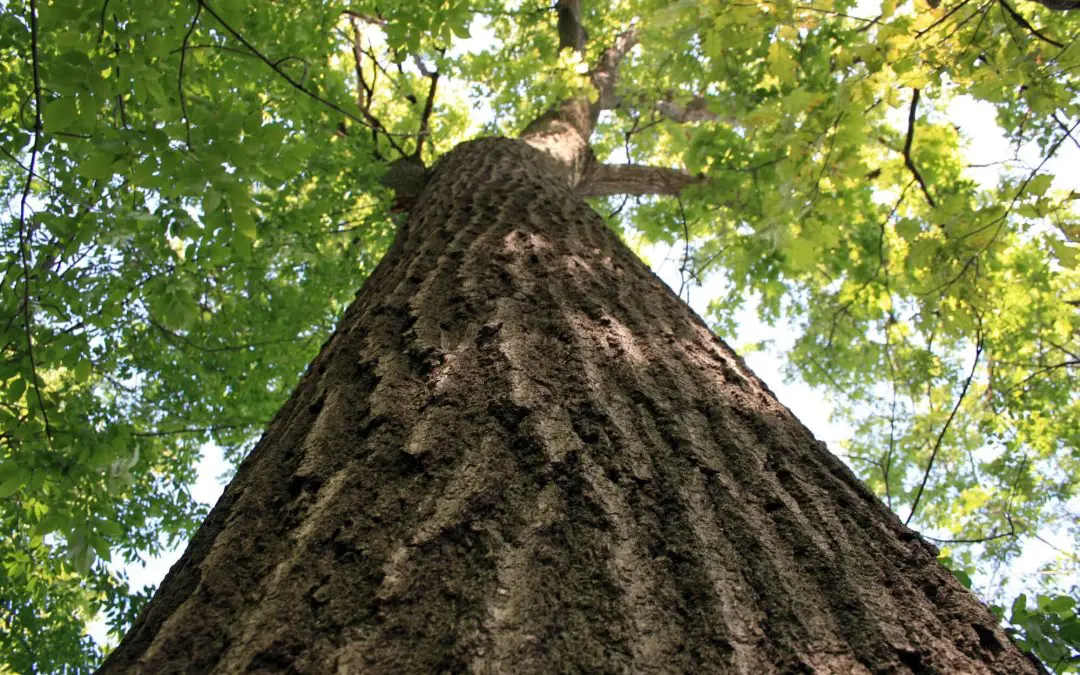Trees add beauty, shade, and value to your property, but they need care to stay strong and healthy. Many homeowners assume trees can take care of themselves, but regular maintenance helps prevent problems and keeps them looking their best. Whether you have towering oaks, delicate dogwoods, or fruit-bearing trees, learning the basics of tree maintenance can save you time and money and make your property safer.
Watering: The Foundation of Tree Health
Most trees don’t need daily watering, but they do need deep, infrequent watering to develop strong root systems. Newly planted trees require regular watering until their roots are established, usually within the first year. Mature trees benefit from deep watering during dry spells, especially in summer. A good rule of thumb is to water deeply once a week rather than lightly every day. This encourages roots to grow deeper into the soil, making the tree more drought-resistant.
Pruning: Keeping Trees Strong and Beautiful
Pruning is an essential part of tree maintenance, but it needs to be done correctly. Removing dead, diseased, or damaged branches helps prevent decay and improves the tree’s appearance. Pruning also promotes healthy growth and prevents branches from becoming weak or hazardous. The best time to prune most trees is late winter or early spring before new growth begins. Avoid excessive pruning, as cutting too much can stress the tree and make it more vulnerable to pests and diseases.
Mulching: Protecting Roots and Conserving Moisture
Mulch is a tree’s best friend. A layer of mulch around the base of a tree helps retain moisture, regulate soil temperature, and prevent weeds from competing for nutrients. The key is to apply mulch correctly. Spread a two- to four-inch layer around the tree but avoid piling it against the trunk. This prevents rot and allows air to circulate properly. Organic mulch, such as wood chips or shredded bark, gradually breaks down and improves soil health.
Fertilizing During Tree Maintenance: Providing Essential Nutrients
Most mature trees don’t need much fertilizing if they’re growing in healthy soil, but younger trees or those in poor soil may benefit from added nutrients. A slow-release fertilizer in early spring can help promote steady growth. Before fertilizing, test your soil to see what nutrients are lacking. Too much fertilizer can be just as harmful as too little, so follow recommended guidelines based on the tree species and soil conditions.
Identifying and Preventing Tree Diseases
Tree diseases can weaken and even kill otherwise healthy trees if left unchecked. Common issues include fungal infections, root rot, and insect infestations. Signs of disease include discolored leaves, dead branches, peeling bark, and unusual growths. The best defense against disease is keeping trees healthy through proper watering, pruning, and mulching. If you notice signs of trouble, consult an arborist to diagnose and treat the problem before it spreads.
When to Call a Professional for Tree Maintenance
Some tree maintenance tasks, like basic pruning and watering, can be handled by homeowners. However, in certain situations, you may need professional help. If a tree is leaning, has large dead branches, or shows signs of disease that you can’t identify, it’s best to call an arborist. Professional tree care can prevent potential hazards, such as falling limbs or structural damage to your home.
With a little attention and care, you can keep your trees healthy, strong, and beautiful for years to come. If you ever have doubts about a tree’s condition, seeking professional advice is always a wise choice.
FAQs About Tree Maintenance
How often should I trim my trees?
Most trees benefit from pruning every one to three years, depending on the species and growth rate. Regular inspections help determine when trimming is needed.
Can I overwater my trees?
Yes, overwatering can lead to root rot and other issues. The soil should be moist but not soggy. If the ground stays wet for long periods, reduce watering frequency.
Is it okay to plant grass right up to the base of my tree?
It’s best to avoid planting grass around the base of a tree. Grass competes for water and nutrients, and mowing near the trunk can damage the tree. Mulch is a better option.
How can I tell if my tree is dying?
Signs of a dying tree include brittle branches, peeling bark, discolored leaves, and fungus growth. If you’re unsure, consult a professional to assess its health.
What should I do if a tree branch is close to power lines?
Never attempt to trim branches near power lines yourself. Contact your utility company or a certified arborist to handle the situation safely.
Blackbird Home Inspections provides inspection services to buyers and sellers in Central Arkansas. Contact us to schedule an appointment.

